Affiliate links on Android Authority may earn us a commission. Learn more.
These are the best Android tips and tricks in 2023
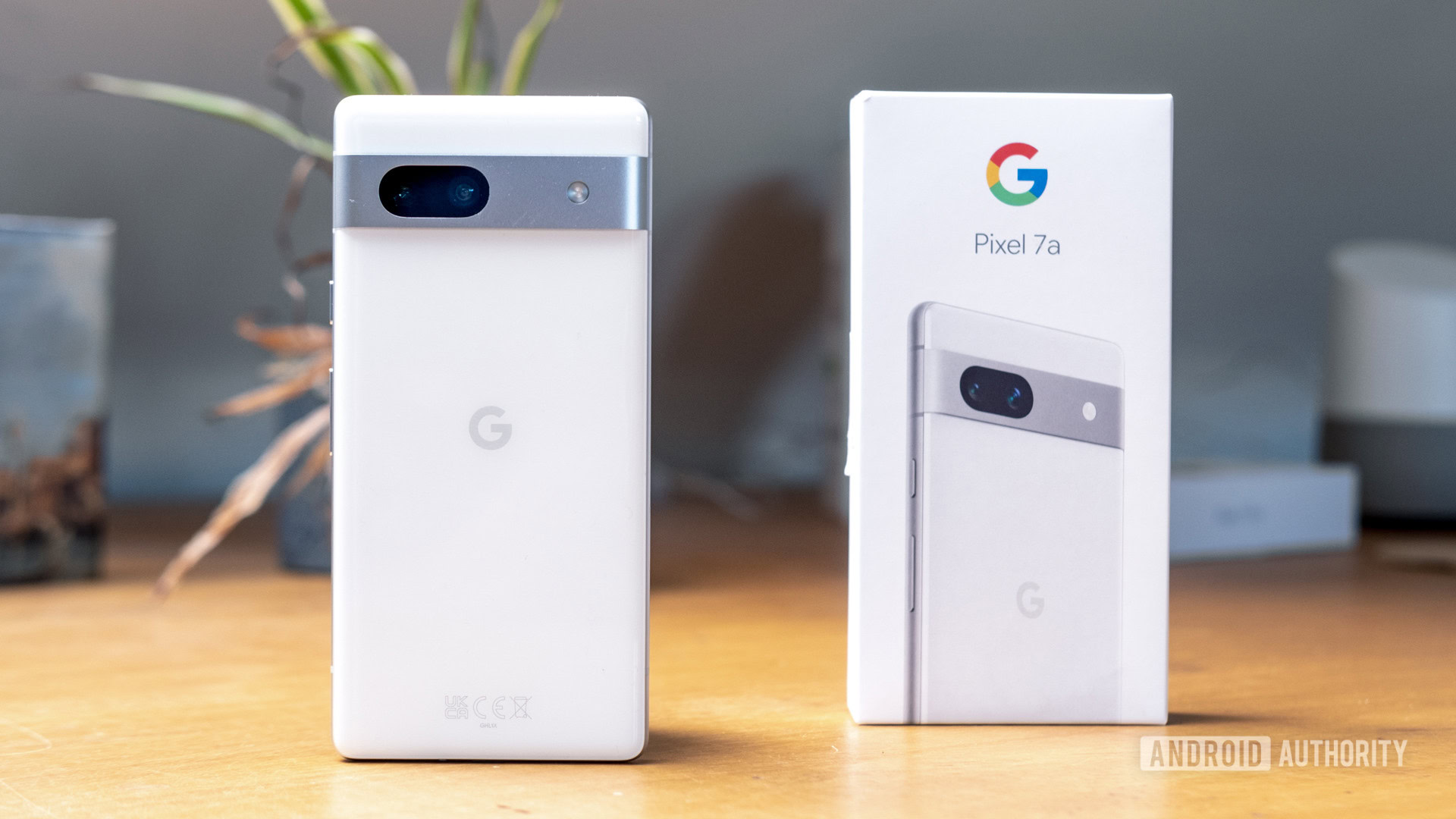
Android is by far the most popular OS in the world, and for good reason. There’s a plethora of choices available for hardware, from top-tier flagships to affordable budget phones; there’s an Android phone for everyone. But there’s a good chance there’s still lots to explore for you on your phone. Here are the best Android tips and tricks every Android phone and tablet owner should know!
Enable Find My Device
One of the first things we recommend doing on a brand new phone is double-checking if Find My Device is enabled.
Find My Device is a robust solution from Google for tracking and controlling your phone when it gets lost or stolen. You will need to enable the feature beforehand, which is why this is our first tip.
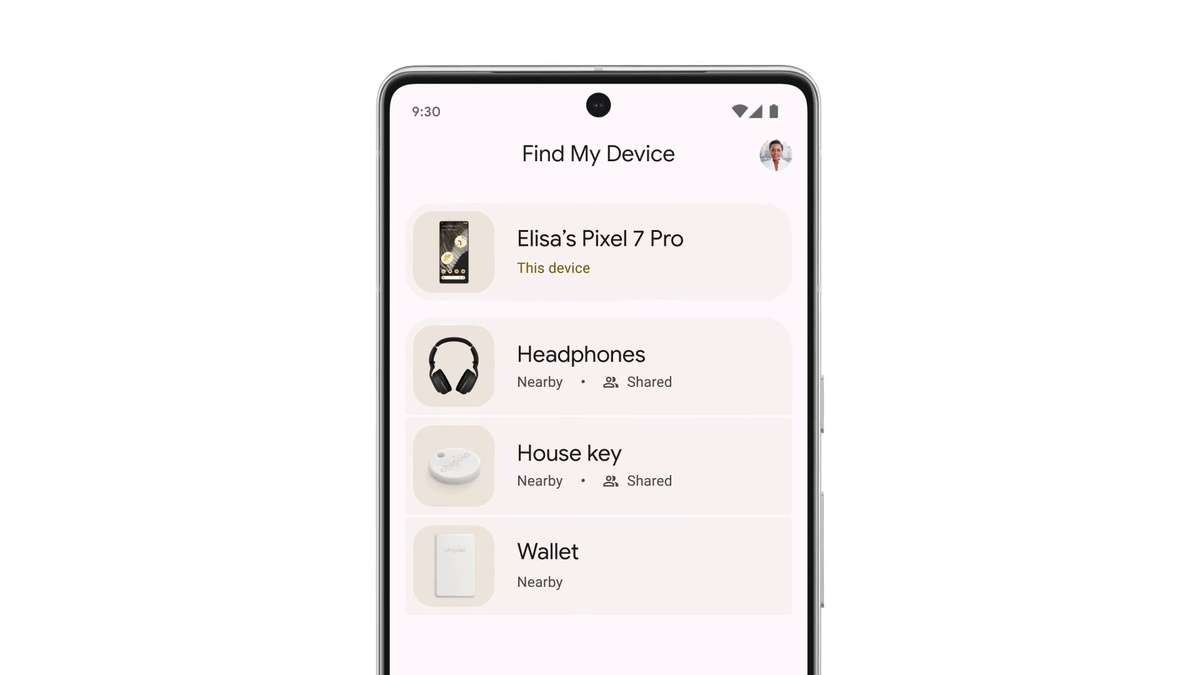
Take this moment to go and check if Find My Device is enabled on your phone. Go to Settings > Google > Find My Device, and ensure it is enabled on your phone. In the near future, Google will also supercharge the Find My Device network by allowing Android phones to locate each other.
Customize your Quick Toggles
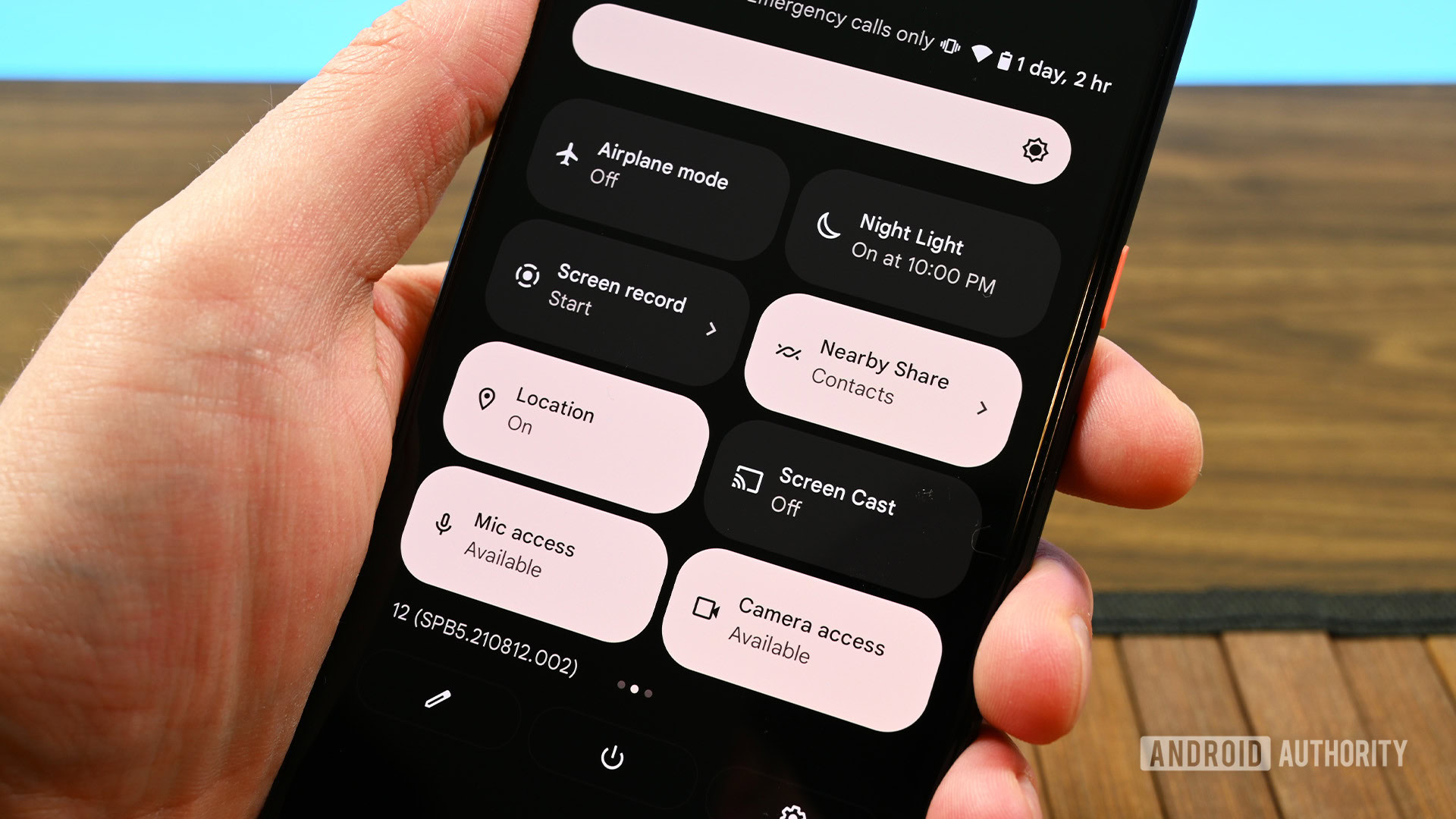
While many people know about customizing the launcher experience on Android, not enough people bother setting up their Quick Toggles. It’s one of those smaller changes that will repetitively impact your overall phone usage and experience.
The first few icons in your Quick Toggles should always be your most toggled icons, as that will help you avoid a double swipe to expand the quick toggles. Samsung Galaxy phones display six quick toggles in the notification shade, while Google Pixel phones display only four. So set it up accordingly and save yourself precious seconds every day.
To customize your Quick Toggles, swipe down on your notification shade to open the quick toggles and locate and click the pencil icon. As mentioned, your frequently toggled settings should be up top, while you can remove the settings that you rarely toggle for a clean and uncluttered experience.
Try out Screen Pinning the next time you pass your phone to someone
If you frequently hand your phone to friends and family members for some quick tasks, screen pinning is an underrated feature you should know about.
Screen pinning allows you to pin one app into focus on your phone. This blocks the use of other apps, so the person you handed your phone over to cannot jump into any other app. You can set it so the phone requires your security pin to exit the pinned app. So the next time you hand your phone to your kid to play a game, pin it so they cannot open anything else on your phone.
To use screen pinning, first, activate the feature:
- On Samsung Galaxy phones: Settings > Security and privacy > Other security settings > Pin app.
- On Google Pixel phones: Settings > Security & privacy > More security settings > App pinning.
Once the feature has been activated, open the app you want to pin, tap on the Recents button (or if you are using gestures, swipe up and hold), click on the app’s icon in the Recents view, and click on Pin.
When an app is pinned, you cannot exit the app. The status bar is disabled, as are gestures for going to Home and Recents. No floating notifications can cause you to leave a pinned app. However, an app can launch other apps from within itself, allowing you to access the second app.
To unpin an app, swipe up and hold.
User Profiles are good for work-life separation
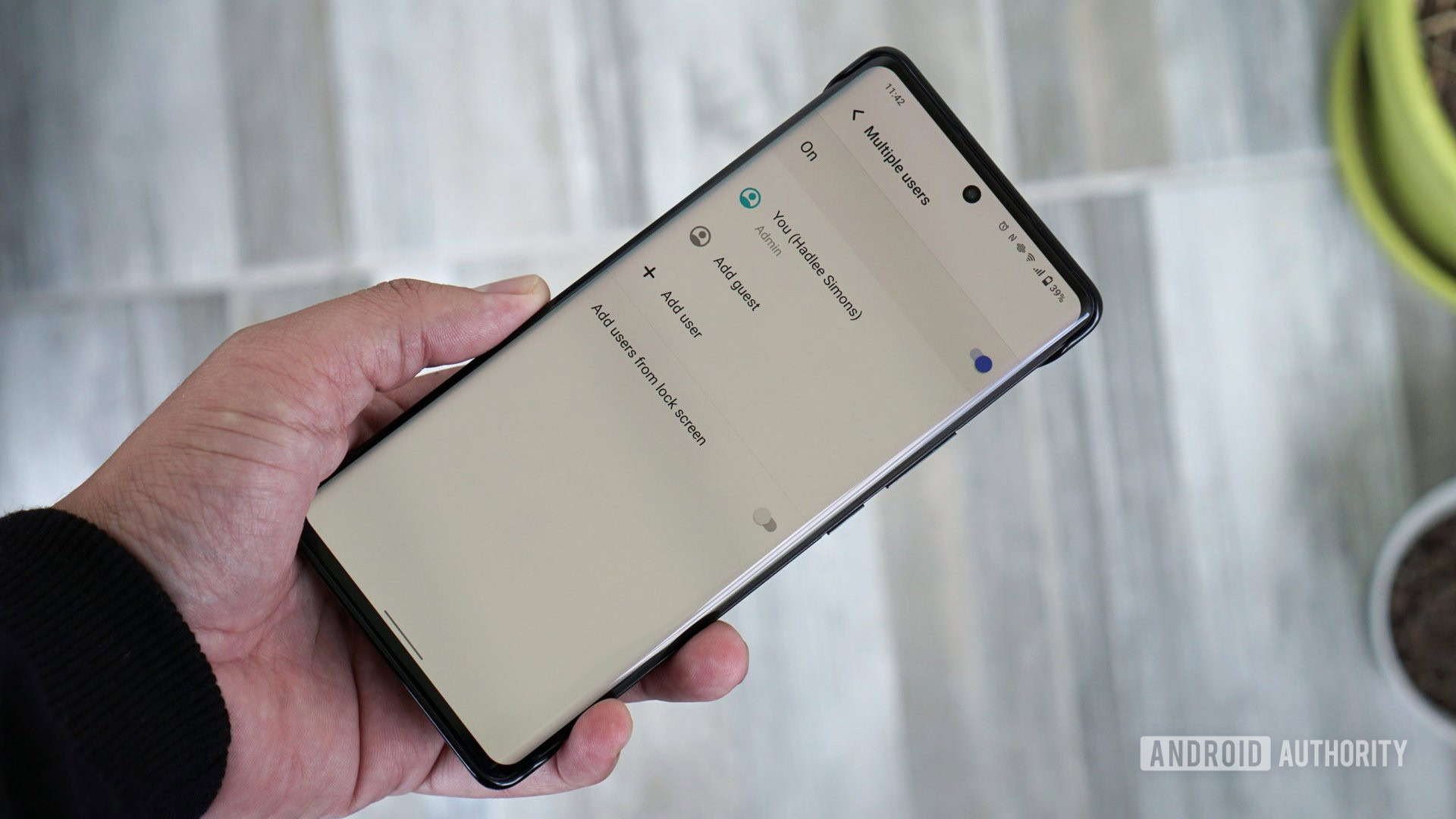
Android has supported user profiles for a long time, but this feature usually flies under the radar for most people. If you have a lot of work apps on your personal phone, you can try out a dedicated user profile for your work apps. This helps with work-life separation if your phone does not have specific work-life modes.
If you share your phone for a few different purposes and screen pinning isn’t completely useful, you can also try out the guest profiles. Though, guest profiles don’t make much sense on phones as they are a lot more personal. Guest and multiple user profiles make a lot of sense on tablets and shared devices.
Get a good night’s sleep with Do Not Disturb
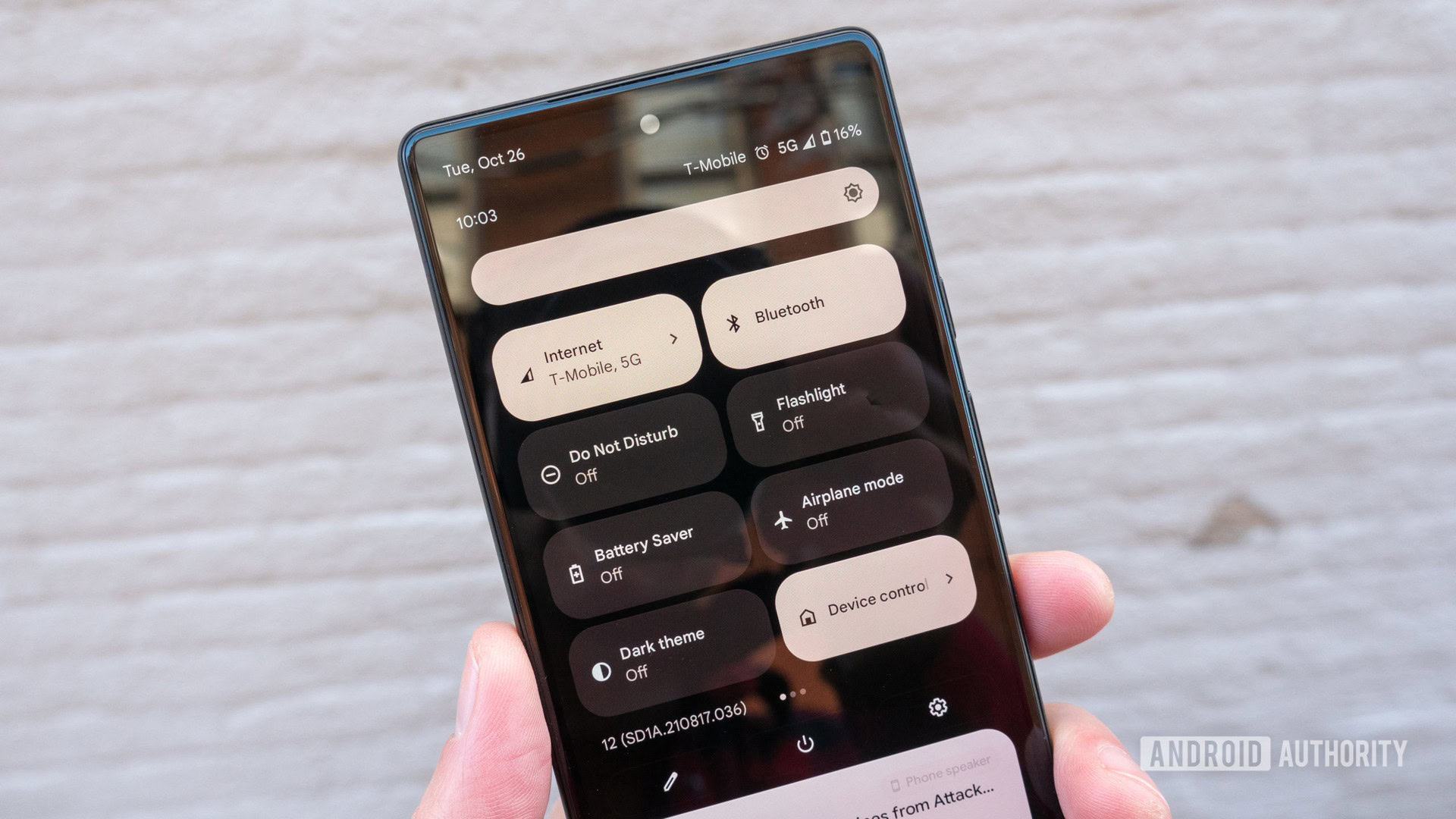
Does your phone buzz at night and disturb your sleep? Many users would switch their phone to Silent or Vibrate mode when going to sleep and manually change it back after waking up. But there’s a more robust solution to this everyday charade.
Android has a good Do Not Disturb mode that you can set up, letting it trigger according to your specific timetable. You can add contacts of people who can bypass your DND settings and apps that can send you a notification during this schedule.
Once you’ve got the settings down, you can leave your phone down every day, and it will let you sleep peacefully without any unwanted disturbances.
Smart Lock can keep your phone unlocked at home
If you’re like me and spend a lot of time in your home’s privacy, you will appreciate this tip. Smart Lock on Android can keep your phone unlocked in the trusted situations you specify.
For instance, you can add Trusted Places like your home where your phone will not be locked, meaning you won’t need to fiddle with PINs or fingerprint scanners when you are at home.
You can add your Bluetooth earbuds to trusted devices, and your phone will remain unlocked while your Bluetooth earbuds are actively connected. You can also add your smartwatch or your car’s infotainment system so your phone remains unlocked when connected.
To resume normal lock protection, exit your set parameter: leave the house, or disconnect the earbud. Once set up, you won’t have to change lock settings manually.
Notification History keeps track of all the notifications that arrive
Have you ever swiped away a notification by force of habit and wondered what exactly you swiped away? We’ve done that plenty of times, and that is why we like Android’s notification history feature.
You need to activate the feature first before you can use it. But once activated, your phone will keep a log of every notification that arrives. You can check the notification history when you need to identify what notification was swiped away.
To activate the feature:
- On Samsung Galaxy phones: Settings > Notifications > Advanced settings > Notification history.
- On Google Pixel phones: Settings > Notifications > Notification history.
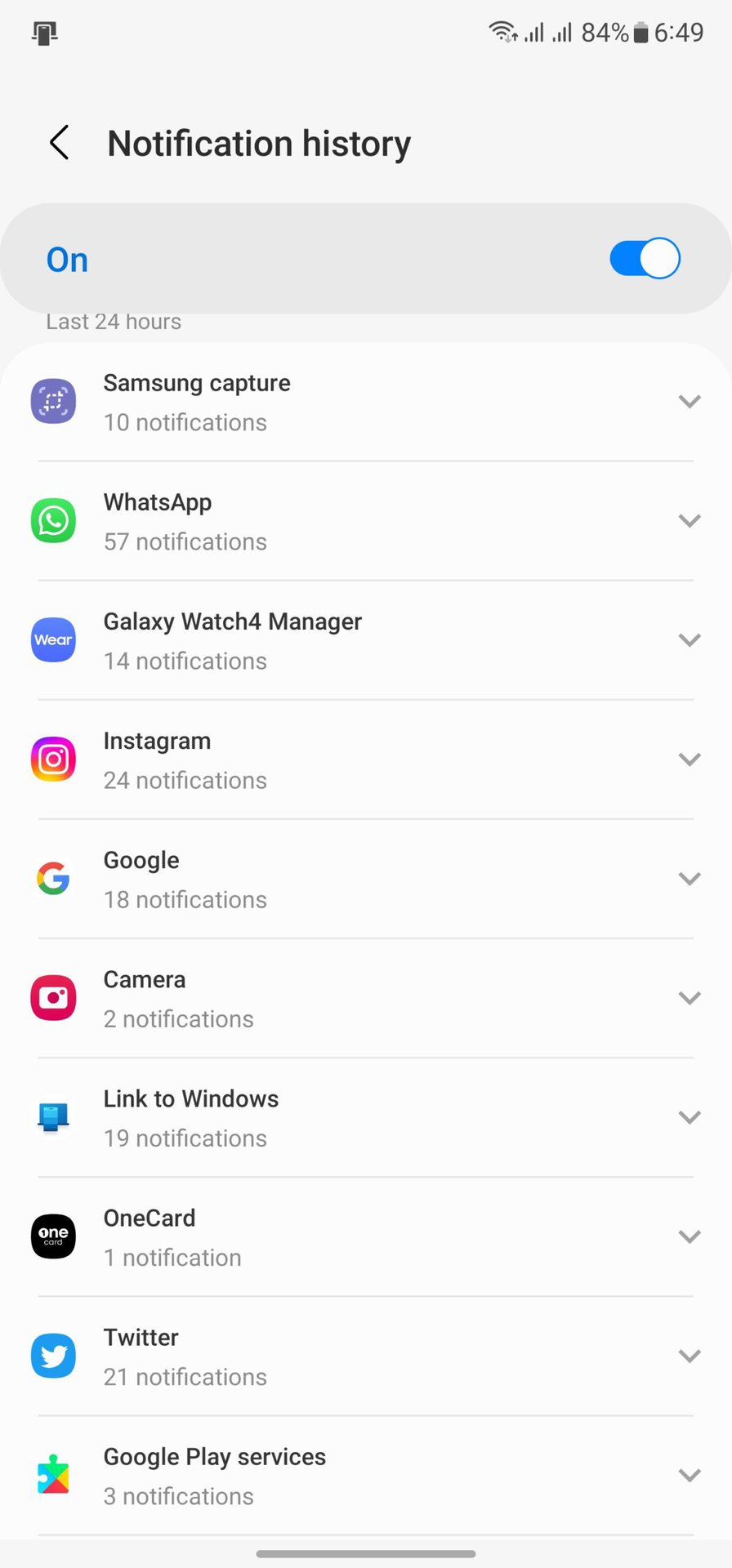
Notification history also provides a quick way to spot just how many notifications an app has spammed you with within 24 hours. Note that the notification records are kept only for a rolling 24-hour period.
Multitask like a boss with split-screen
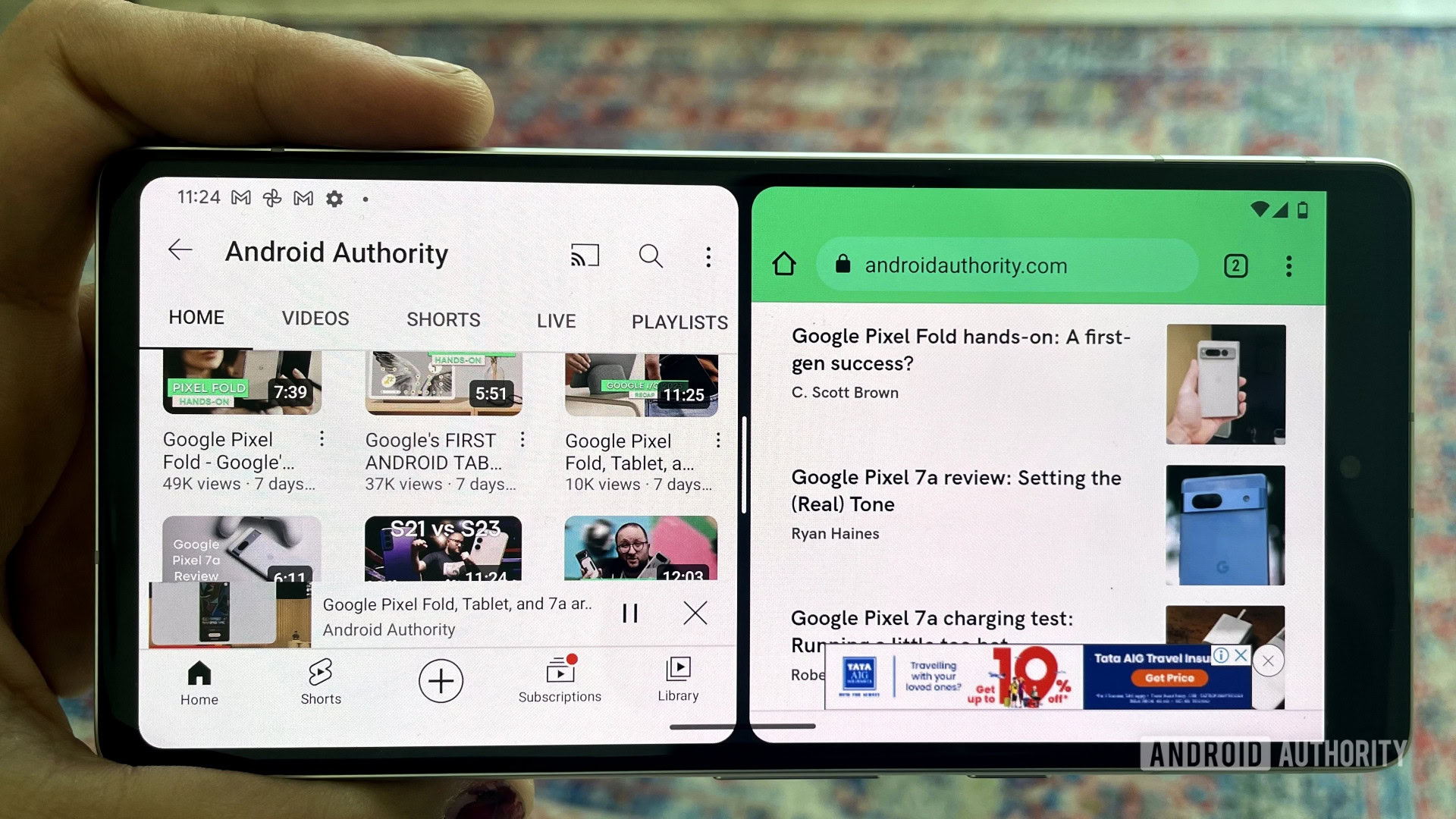
Android has had split-screen multitasking for years, but barely anyone knows about it or uses it. It’s a powerful feature that lets you take advantage of the ever-increasing phone displays.
To try split-screen multitasking, open the Recents apps screen through the screen gesture (swipe up from the bottom and hold) or through the navigation button, tap the app’s icon, and choose the split screen option. Next, choose the second app you want to use in split screen.
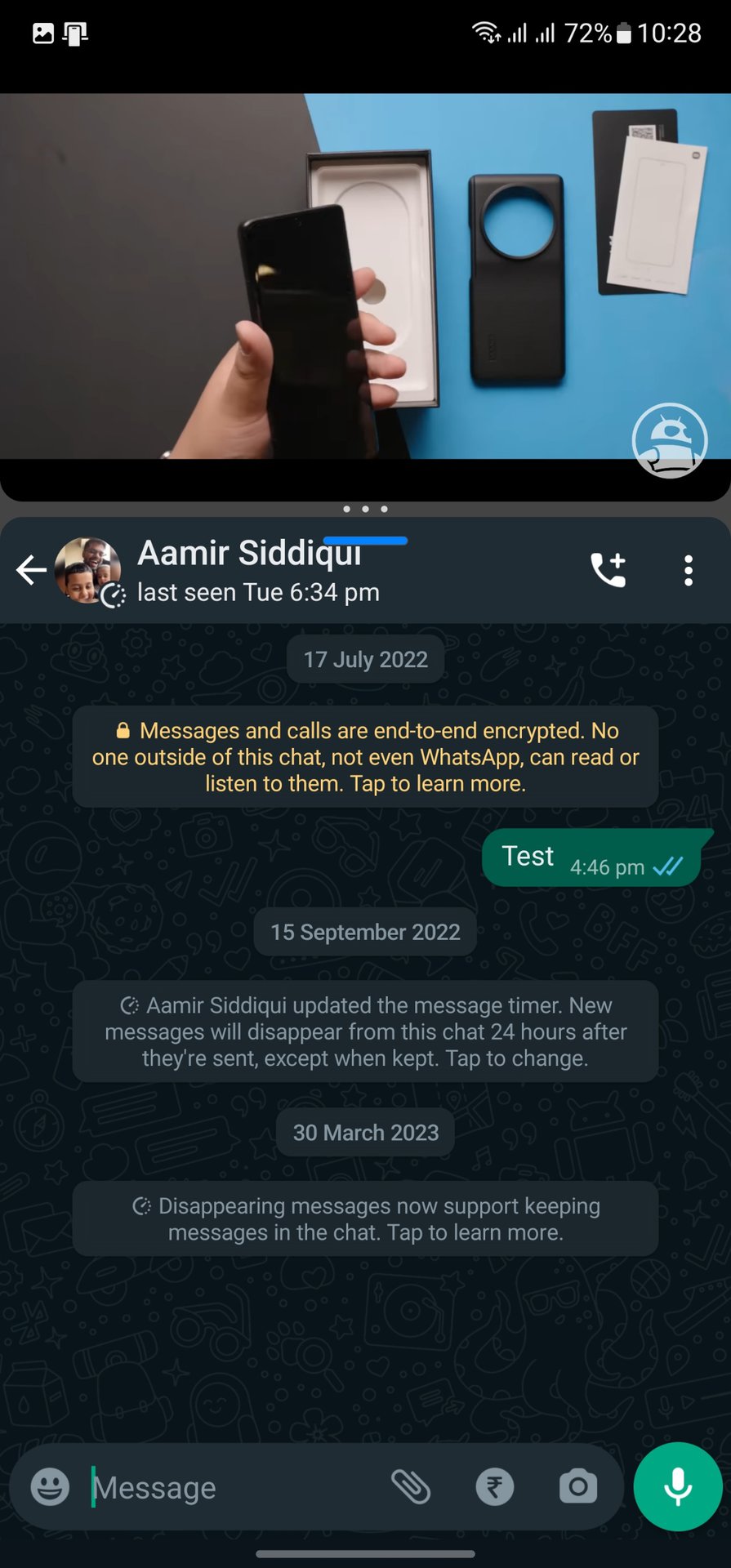
One of my favorite use cases for split-screen multitasking is using YouTube alongside a second app, usually Chrome or WhatsApp. This way, I can immediately look up any information I need to look up while watching the video or continue with my IM conversations when ads are playing, or the video has an uninteresting patch.
Google’s Nearby Share is pretty good

Nearby Share is Android’s AirDrop equivalent, and the app has improved significantly in recent months. Using Nearby Share, you can easily share images, videos, files, links, and even your Wi-Fi password between Android devices and Chromebooks. Google recently rolled out Nearby Share for Windows, letting you share data between an Android phone and a Windows PC.
So the next time you need to share a file with a friend nearby, don’t bother uploading it to a cloud service for them to download from. Use Nearby Share and transfer any file, big or small, in seconds.
Uninstall apps that cannot be uninstalled
Most phones come with a bouquet of apps, some of which may not be useful to you. For a clean phone experience, we recommend uninstalling apps you do not use, especially if they spam you with notifications.
But what if your phone’s Settings app does not allow you to uninstall an app? The truth is that you can uninstall any app from your phone with ADB. You will need to find the package name of the installed app, which you can find with an app like Package Name Viewer. Then you have to run the ADB command adb uninstall <package name> to uninstall the app.
If you want more guidance, check out our guide to ADB.
Use Link to Windows to unlock Android-Windows synergy
If you spend a lot of time on a Windows computer, try out Link to Windows. This app lets you access several of your phone’s features from your computer through the Phone Link app on Windows. The result is that you’ll use your phone less but get more done through it.
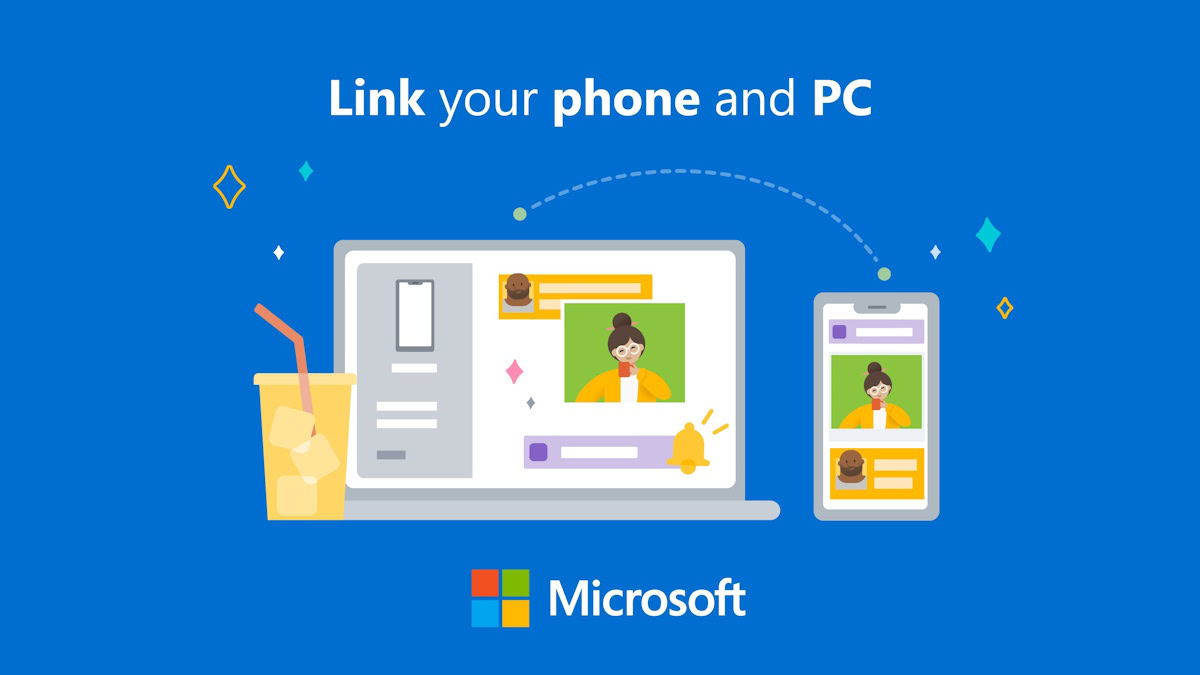
Once the app is set up, you can receive your phone’s notifications on your PC, copy files easily, and more. You can even control apps on your phone through your computer. And all of this is done only by staying connected on the same Wi-Fi network.
Bonus tip: A lot of problems are fixed with a restart
Here’s a bonus tip for you: One of the first things we experts do to fix a phone problem is to restart the phone. You will be surprised how many everyday common phone problems can be fixed with a simple reboot.
So the next time you have an app that behaves weirdly or your phone shows off a peculiar glitch, try restarting your phone. There’s a good chance your issue will be fixed with this simple move.
We hope these tips and tricks help you use your Android phone better! If you have other lesser-known tips and tricks, let us know in the comments below!